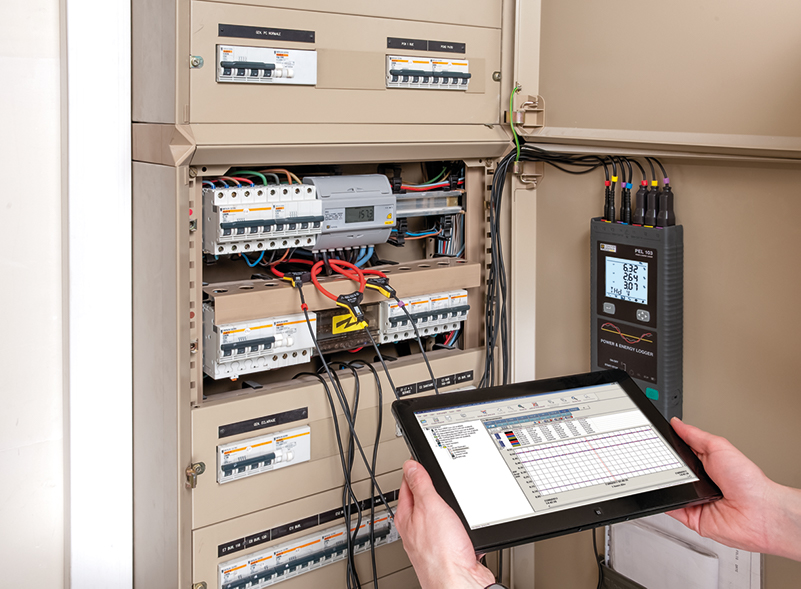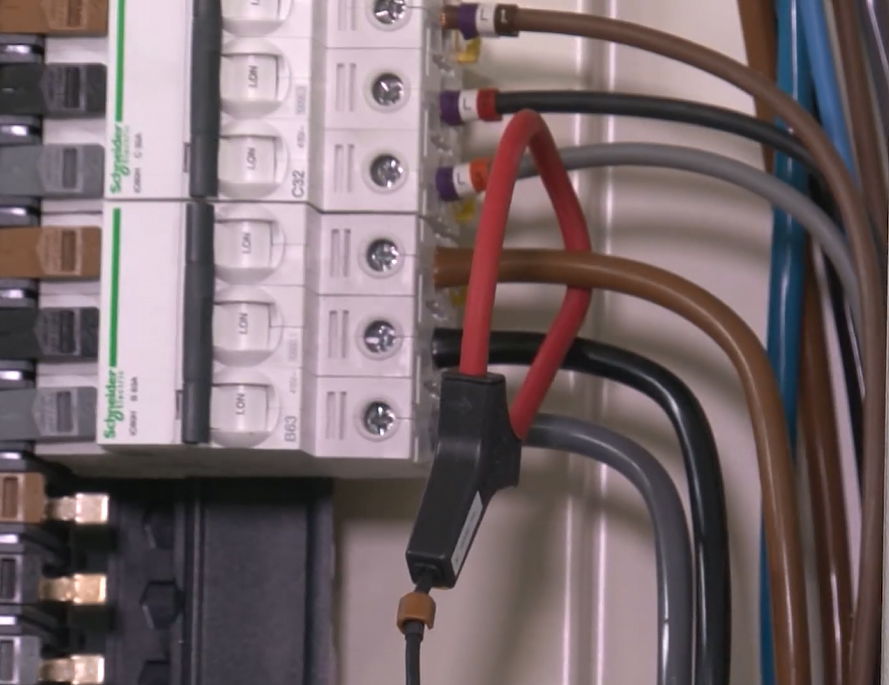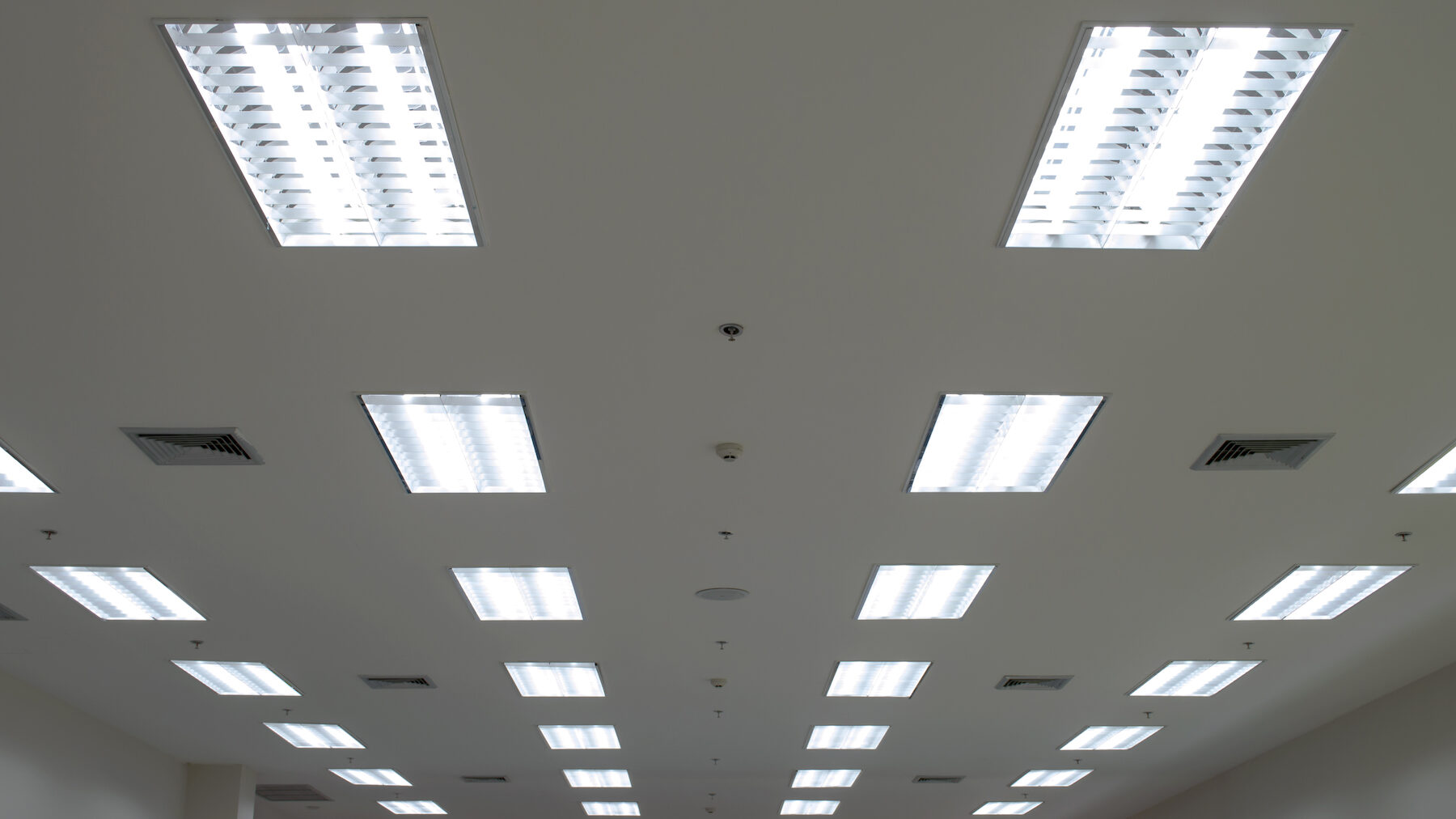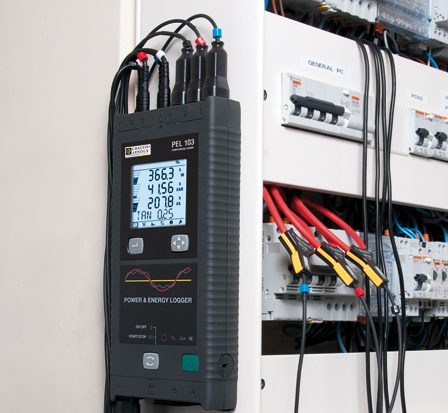Step by step to Energy Efficiency
Is your business struggling to cope with the financial impact of Covid-19? Do you need a fast, effective and painless way of making cost savings? Then you may just have found it! It’s very likely, says Julian Grant of Chauvin Arnoux, that you could make substantial savings on your energy bills with very little effort and investment.
If, like the majority of businesses, you need to cut costs as part of your response to the Covid-19 crisis, many of your options are likely to involve making tough decisions. But here’s one that doesn’t need to be difficult – taking steps to improve your energy efficiency. Maybe you think this sounds a little like rearranging the deckchairs on the Titanic, but if so, it may be time to think again. Many – probably the majority – of businesses in the UK are surprisingly wasteful in their use of energy, so there are big savings to be made. Follow the steps described in this article and you’ll be well on your way to banking those savings.
Step 1: Get a PEL
This step, it has to be admitted, involves spending money as you’ll need to hire or buy a portable energy logger (PEL) like the Chauvin Arnoux PEL103. With it you’ll be able to accurately monitor your power consumption and much more, including the level of harmonics in your systems, voltage imbalance and power factor. Furthermore, you’ll be able to record the results over time giving you comprehensive and reliable data about what’s contributing to the energy bills in your business.
If this is your first foray into energy monitoring, you’ll probably be tempted to hire a PEL. That’s no bad thing to get a first feel for what it has to offer but bear in mind that energy saving is an ongoing affair, so once you’ve established a few baselines you’ll want to monitor your energy usage regularly to check whether things have changed. It won’t be long, therefore, before having your own PEL becomes more cost effective than paying multiple hire fees, and it’s also likely to be a lot more convenient as the instrument will be to hand whenever you need it.

Step 2: Start monitoring
Having got your PEL, decide where to install it – usually this will be in a distribution cabinet – and set it up to monitor the circuits that interest you. Typically, these might be lighting, HVAC and possibly computer systems. Remember that some three-phase PELs, including the PEL103, can be used to monitor three single-phase circuits simultaneously which saves a lot of time. Set your PEL to make recordings over a period; a day is good, but a full week is better, as interesting things often happen at weekends! Later, you may find it useful to record information over even longer periods, which is another good reason for buying your own PEL.
Step 3: What happens out of hours?
When you’ve got the data from your PEL, the first thing to look for is out of hours usage. How much energy is your business continuing to use after the workers have gone home in the evening and over the weekend? You may be in for a shock – British Gas recently surveyed 6,000 SMEs and discovered that 46% of their electrical energy usage occurred outside normal business hours. Some of this usage is necessary, of course, but a lot isn’t and, armed with reliable information from your PEL, you’ll be able to address this issue – the solution is often no more costly or complicated than installing a few time switches.

Step 4: Is the light right?
Next take a look at the energy you’re using for lighting. Typically, this accounts for around 40% of the energy used in a building so it will repay careful examination. If it looks as if you’re spending too much on lighting – and you’ve eliminated unnecessary out-of-hours usage – it may be time to take a look at your luminaires. Hopefully they’re already low-energy types, but even so you’ll probably be able to make substantial extra savings by switching to the latest LED types. Depending on the type of luminaire, this may involve no more than changing the bulbs, an exercise that will quickly pay for itself.
Step 5: Is power factor a factor?

Your PEL will give you information about the power factor of your loads. Most electrical loads consume two “types” of power – active power and reactive power. The active power does useful things – light the lights, turn the motor and so on – while reactive power does nothing useful. But the catch is that you pay the same for active and reactive power! But where does power factor come in? It simply tells you how much reactive power your loads are consuming. If the power factor is 1.0, they consume no reactive power, but if it’s any lower – 0.9 or 0.8, say – then you’re paying for useless reactive power.
The good news is that it’s possible to ‘correct’ poor power factor, bringing it nearer to 1.0 and reducing the amount of reactive power you pay for. This correction usually takes the form of capacitors fitted near the main distribution board and you may already have them. But, over time, capacitors can lose their capacitance and, of course, the loads on your system may change. As a result, your power factor may be much worse than you think, and reactive power may be costing you a lot of money. Your PEL will tell you!
Step 6: Harm from harmonics?
Computers, LED lighting, variable speed drives and many other types of load found in modern installations generate harmonics, which are currents at multiples of the supply frequency. The PEL will tell you about the size and order (frequency) of these harmonics. With this information, you’ll know whether harmonics are likely to be a problem and, if so, the information will help you to decide what action to take. Unlike the other factors we’ve looked at, harmonics won’t add much directly to your energy bill, but they can cause many other types of costly problems, like overheated neutral conductors, malfunctioning and premature failure of IT equipment, and excessive vibration of motors – so they’re well worth investigating.
Step 7: A bit off balance?
If you have a three-phase supply, the final step in the preliminary analysis of your PEL data might well be to check whether the voltage is the same for all three phases, and whether it stays that way throughout the whole day and whole week. If it doesn’t, your PEL will be able to help you identify whether the problem is with your energy supplier or whether it is being caused by equipment in your installation, such as poorly distributed large single phase loads and, in these cases, which equipment is causing it. This is particularly important if your business uses three-phase motors, as even modest supply imbalance can cause these to heat up excessively.
Step 8: Phone a friend!
In this very short article, it’s only been possible to give a few suggestions about how to cut your energy bills by detecting and correcting energy wastage. These suggestions should be enough to get you started, but you’ll find a lot more detailed information on this media channel. And, of course, you can always phone (or email) a friend – the Chauvin Arnoux technical team is at your disposal, and will be happy to help with all of your energy monitoring and energy efficiency enquiries.


